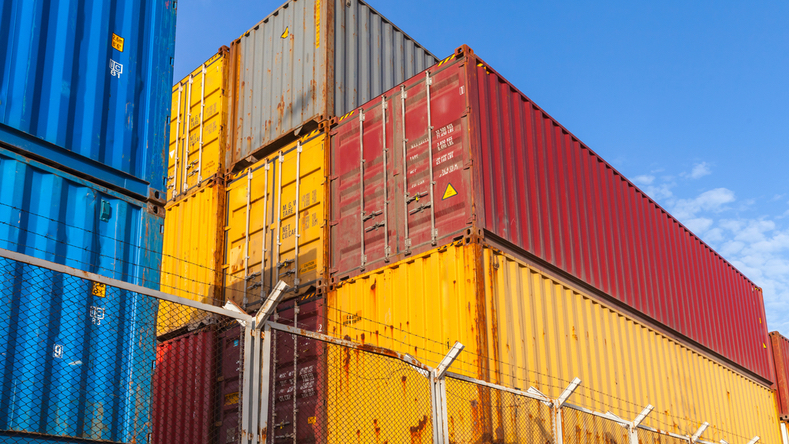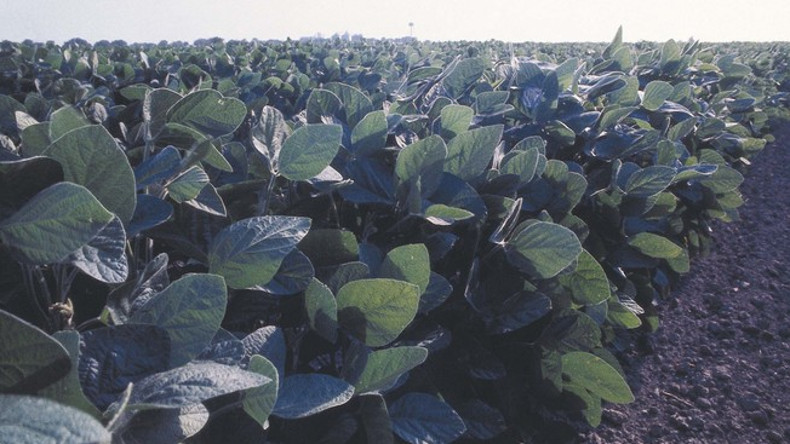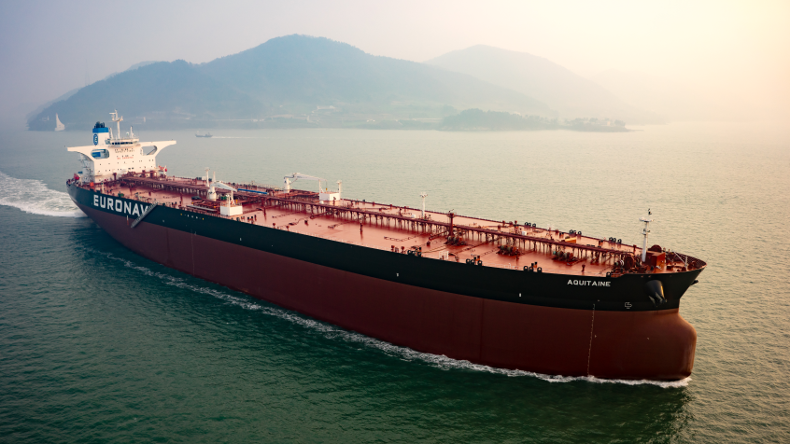Weekly briefing: Optimism amid containers downturn; dry bulk outlook is mixed
Also, US sanctions Iranian vessels as West Africa becomes world hub for clean product floating storage
Container volumes at ports in Europe and the US are starting to show some early signs of a revival, while a faster economic recovery could bode well for the dry bulk sector
THIS weekly briefing provides sector-by-sector coverage of the biggest news and analysis in shipping, direct from the Lloyd’s List team.
Follow the links within the text to the relevant news items in each market segment.
Containers
Container shipping is indubitably going through the worst quarter of its worst year ever right now. But you’d be forgiven for thinking that things weren’t that bad.
CMA CGM, the last of the major container lines to present its first-quarter results, admitted that while the months of January to March had been profitable, it was likely to see a 15% decline in volumes this quarter.
But in an optimistic assessment of the market and the nature of the box shipping sector, chief financial officer Michel Sirat said that capacity management and rates discipline had served container shipping well.
Yes, it is certainly difficult out there, but the consolidated industry that exists now is a far cry from the one that was in place in 2008-2009, or even in 2016, which saw the collapse of Hanjin Shipping.
Rates, to date, have held relatively firm. As Sea-Intelligence chief executive Alan Murphy pointed out, the real question should be: if carriers can increase rates by 12.1% while demand drops 16.7%, how much further could rates increase?
That question, as always, will be answered by the equation of supply and demand.
There is no doubt that demand in some regions is picking up again as the worst of the pandemic mitigation measures are beginning to ease. This is by no means a global picture, as the International Association of Ports and Harbors pointed out, but it is apparent that in Europe, and even in the US, imported container volumes are starting to show some small signs of revival.
This is not a return to normal, by any stretch of the imagination, but it may indicate the bottom of the trough.
The flipside of that equation is being managed by the carriers, who have taken record amounts of capacity out of service. Idle ship numbers are higher than ever, and despite it looking as if blanked sailings may have peaked, new figures show that container lines are expecting volumes to remain low at least through the third quarter and are adjusting their sailing schedules accordingly.
But even that has not blunted the enthusiasm of some in the industry. Abu Dhabi ports, in association with Bengal Tiger Lines, announced a new feeder service amid what it sees as long-term growth trends of regional manufacturing and trade volumes.
Even in the US, one of the counties hardest hit by the pandemic, Houston is pushing ahead with plans to expand its channel in the hopes of better times ahead, despite seeing volumes fall by 12% in April alone.
Read more in the Containers section
Dry Bulk
The World Steel Association has estimated that total steel demand will contract by 6.4% this year, followed by a rebound of 3.8% next year. It said the overall reduction will be mitigated by a faster recovery in China, which is expected to post a 1% gain this year.
The news is mixed for the dry bulk market market as firstly, weaker consumption and production of steel will weigh on seaborne steel and scrap steel trades. But as volumes of iron ore, the key ingredient in steel-making, will be lower into Europe and places like Japan and South Korea, as demand falls heavily there due to manufacturing hits, cargoes could well see themselves being sold into China instead, provided supplies from Brazil are not disrupted.
Already, a local court in Brazil has ordered the closure of three mines at Vale’s Itabira complex, due to more than 100 coronavirus cases being reported. Although 10% of the miner’s iron ore output is expected to be affected by the shutdowns, full-year guidance of 310m to 330m tonnes is not expected to be derailed as some of the lost production is used to make pellets and for domestic use. Despite the news, which was seen as a negative, the capesize market rose to $8,055 per day as of Tuesday.
In results news, GoodBulk posted a loss in the first quarter despite outperforming the capesize index. The company’s chief said that an expected recovery in Brazilian ore exports and the easing of lockdowns should fuel better earnings later in the year.
Safe Bulkers also reported a loss. Most of its fleet operated in the spot market amid low freight rates.
In market news, China’s threat to halt purchases of US soyabeans will likely hurt bulker demand, according to analysts, as a new diplomatic spat unfolds related to Hong Kong. While there have been reports of some cargo cancellations already, other reports suggest that purchases are being delayed to the fourth quarter due to pricing.
China had been buying copious amounts of beans from Brazil to fill up inventories as much as possible before the South American season ended.
Read more in the Dry Bulk section
Tankers & Gas
West Africa is now the world’s floating storage centre for clean products, with 73% of unsold or surplus gasoline, diesel and jet fuel now on tankers at anchor off Togo or Lagos, Nigeria.
Around 21.7m barrels of product is tracked being stored on 33 tankers outside these ports, according to data from Lloyd’s List Intelligence.
Oil traders have increasingly used West Africa as a clean products transhipment hub in the past few years as cargoes are shipped from east to west around the Cape of Good Hope on larger tankers.
The tankers, including some very large crude carriers on their first voyage, store primarily middle distillates and other refined products, with the area used as a waiting or transhipment zone until sales are concluded. Cargoes are then placed on smaller vessels via ship-to-ship transfers and sail to their final destinations, usually northwest Europe.
Global clean storage is assessed at 29.7m barrels on 51 vessels, data shows. The figure excludes Iranian-owned tonnage now being used for floating storage which is unable to trade because of US sanctions.
Indeed, sanctions against the Islamic Republic of Iran Shipping Lines and its Shanghai-based subsidiary, E-Sail Shipping Company, also came into effect this week.
Secretary of State Mike Pompeo in a statement on Monday, June 8 said that the effective date of the sanctions was delayed 180 days “to allow exporters of humanitarian goods to Iran sufficient time to find alternate shipping methods”.
Now that this “generous delay” has come to an end, those in the commercial and maritime industries doing business with Iran must use carriers or shipping methods other than IRISL or E-Sail, he said.
The State Department accused IRISL of repeatedly transporting items related to Iran’s ballistic missile and military programmes, as well as other proliferation-sensitive items.
The sanctions were made public by the Office of Foreign Assets Control, a division of the US Treasury Department, which designated 121 ships in total, including tankers, containerships and other vessels owned by or tied to IRISL and E-Sail.
Two of the tankers on the list — Clavel and Petunia — recently delivered Iranian gasoline to Venezuela in violation of sanctions on both countries, Lloyd’s List reported last month.
Meanwhile, the maritime authority of Panama is investigating a fleet of eight Panama-flagged liquefied petroleum gas carriers linked to sanctioned Iranian shipments to China and India, and engaged in shipping practices that the US has labelled as “deceptive”.
The authority’s marine chief Rafael Cigarruista said the vessels are being investigated, but he was not able to provide a more detailed response by the time of publication.
Previous investigations have resulted in deregistration because the owners could not satisfy the flag they were not involved in sanctions-busting activities.
All of the vessels may be sailing without liability insurance as they have not been entered with any P&I clubs since coverage stopped in the second half of 2019, according to the Lloyd’s List Intelligence database.
Read more in the Tankers & Gas section



